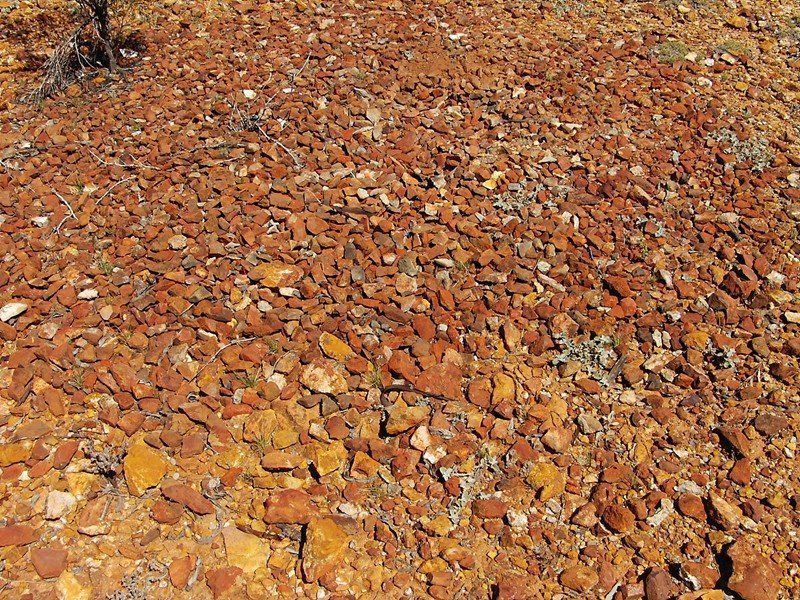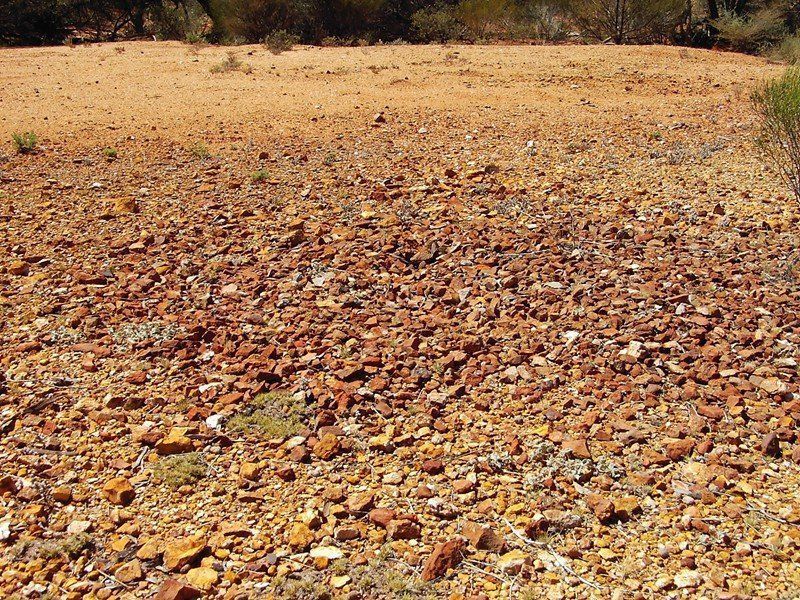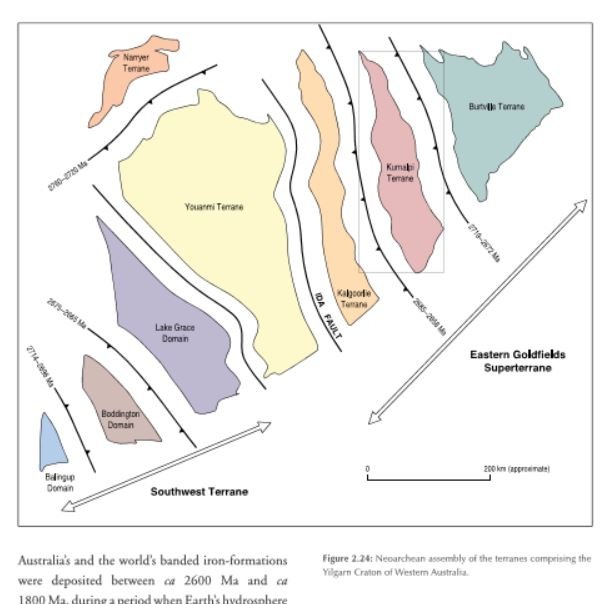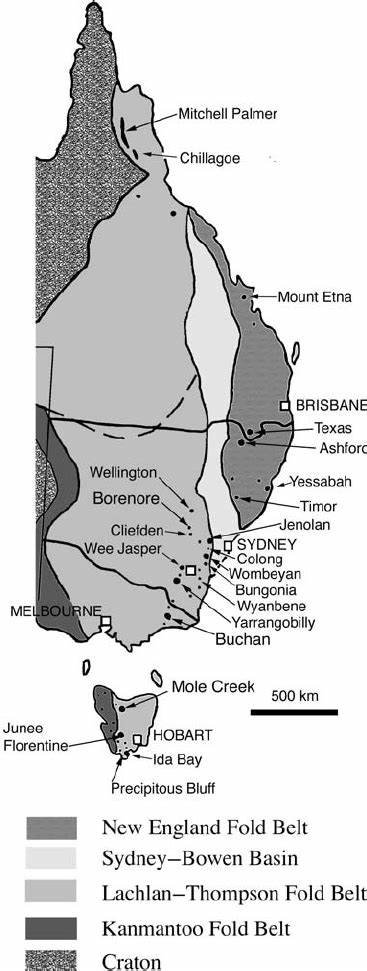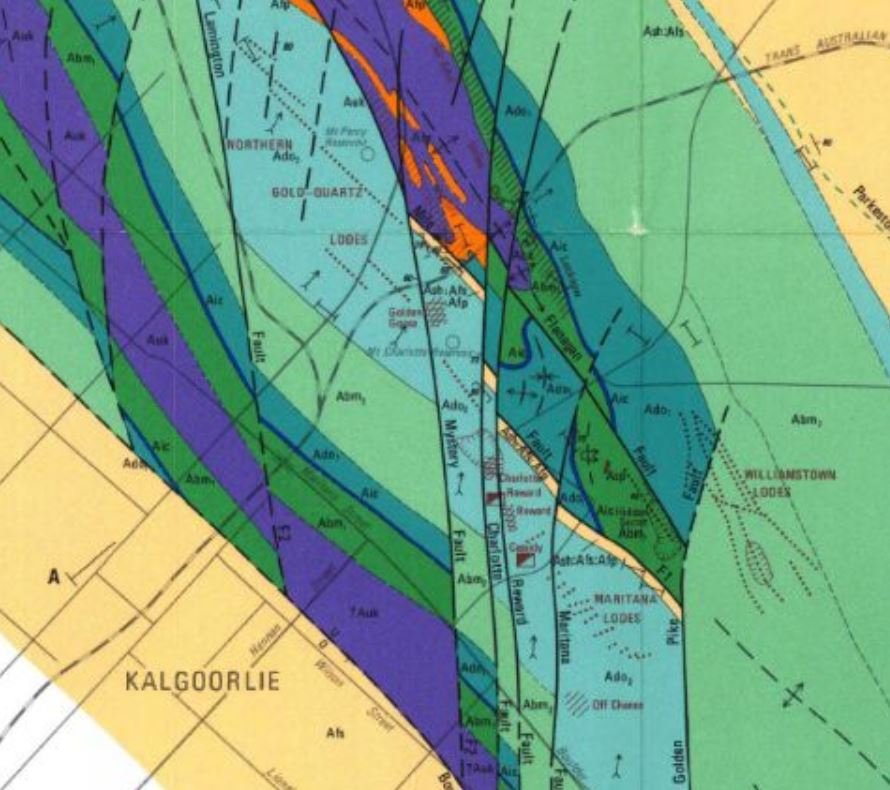shakergt said:Nightjar this area is in the west australian goldfields. Also there is a fault line about 100m to the north of the area I have taken the shot of. Just to south west of this location out if shot I have taken around a ounce and a half in the past in sub grammars. So I know the area does produce
Shaker, Keep an eye out for small mounds up to about 2m in diameter, we have labelled "mini volcanoes"
Gypsy/Kris wrote a very interesting article a few years back referring them to "fissures"
If you stumble across any of these, "low & slow" and you will be rewarded. Not over the actual mound, surrounding areas up to a hundred metres away.
The make up of these mounds contain rocks not found in surrounding area, hence "mini volcano" almost as if they have been spewed out from far below.
